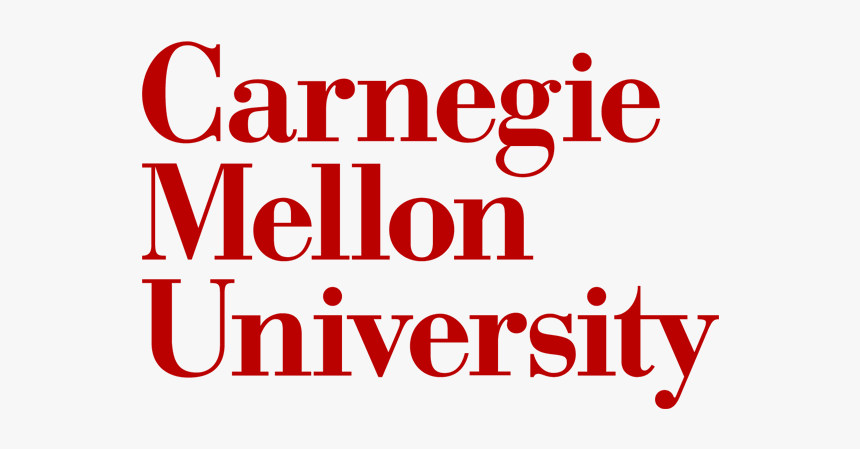Carnegie Mellon University: Hybrid Meeting of the Minds Brings Together Undergraduate Researchers
Gustavo Silvera could see and hear traffic from his room in his family’s Bay Area home. So, when two vehicles collided in front of his house, he heard the crash and looked out the window.
“I could see the aftermath of the frontal collision and security camera footage from our house showed they were both driving down the middle of a two-lane street. Neither was looking at the road in front of them and they were both driving too fast,” said Silvera, a junior at Carnegie Mellon University.
Silvera focuses on research related to autonomous vehicles to try and prevent accidents and reduce distracted driving. He is majoring in artificial intelligence with a concentration in computer graphics. For the past two and a half years he has been in Henny Admoni’s HARP (Human and Robot Partners) Lab working with Ph.D. candidate Abhijat Biswas to build a simulator called DReyeVR (pronounced “driver) that in part uses eye-tracking capabilities in virtual reality to understand where drivers’ eyes are focused while operating a vehicle.
For his senior thesis, Silvera aims to use the eye gaze data to cue automated interventions such as emergency braking, corrective steering or alerting to potential hazards when drivers appear to be distracted or drowsy.
“Most driver assistance systems right now are fully external with sensors monitoring the environment and very few have internal sensors that might detect what the driver is doing,” Silvera said. “My work aims to use driver eye data tfor the human and AI driver to communicate.”
For example, an advanced driver assistance system might be able to see 360 degrees around a car and quickly spot a pedestrian. Then by detecting that the driver’s attention is elsewhere, then the AI could provide a signal to help the driver regain situational awareness for potential hazards.
“We don’t want these interventions to be distracting,” Silvera said. “If the AI played a sound every time a pedestrian was detected, the driver might turn it off. … We want to have an intelligent middle ground where the assistive system and human are collaborating so that these interventions are only used when necessary.”
Research has been an important part of Silvera’s CMU experience.
“It’s thrilling to find an answer to a question that isn’t well understood,” Silvera said. “You’re building something that is completely new that no one has seen before. It’s very much on the bleeding edge of technology in several fields. I really like that aspect.”
Silvera will present a portion of his research at Meeting of the Minds, CMU’s undergraduate research symposium where several hundred students will showcase their work. Building on the success of last year’s virtual symposium, this year will have a hybrid approach.
“Hybrid Meeting of the Minds presents an exciting return to some in-person presentations, as well as an online component that will allow engagement with audiences both on campus and beyond, including families, alumni and donors who support undergraduate research,” said Richelle Bernazzoli, director of the Office of Undergraduate Research and Scholar Development.
The virtual session will begin at 10 a.m. on Monday, May 2. Attendees can view posters and pre-recorded presentations.
The in-person presentations will be from 10 a.m. to 4 p.m. on Wednesday, May 4 at the Cohon University Center, the Gates Center for Computer Science and Hillman Center for Future-Generation Technologies, TCS Hall and Margaret Morrison Carnegie Hall.
“We are delighted that this year’s event will feature the in-person engagement we have missed the last two years, as well as expanded reach,” she added. “The students’ presentations will showcase the excellent, cutting-edge work they have been doing for the last year, in diverse topics from renewable energy to urban design.”

